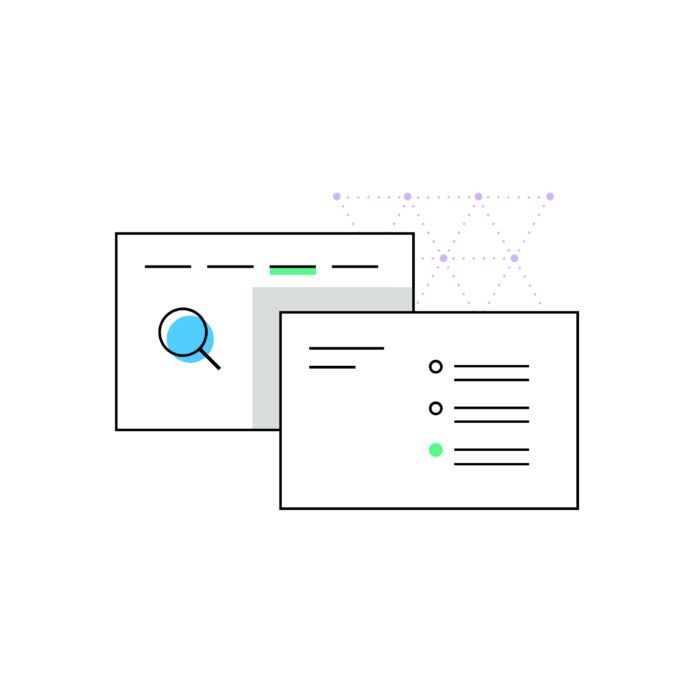Shopify Fulfillment Network and sales tax compliance
by October 20, 2024
Shopify announced the purchase of 6 River Systems Inc. to help improve the shipping and fulfillment process for their sellers.
According to Reuters, one facet of this company’s technology involves AI and robotics that help streamline the process of picking products from a warehouse to ensure this process is as fast and efficient as possible.
This acquisition is an addition to the Shopify Fulfillment Network, which launched in June 2019, and will allow sellers to ship orders to customers directly from Shopify’s own fulfillment centers.
Prior to the launch of Shopify’s own fulfillment network, sellers on this platform had two options for shipping:
- Fulfill and ship everything on their own
- Use a third-party fulfillment service to send orders to customers
How does this affect sellers?
Just as e-commerce has grown, so have customer expectations around fast and inexpensive shipping. Shopify’s goal is to provide a cost-effective option for efficient shipping using a combination of technology that leverages AI and robotics. This is in addition to a network of fulfillment centers run by Shopify’s partners as well as fulfillment centers run by Shopify themselves.
As a result, this new fulfillment network is exciting news for Shopify sellers who would like to reduce shipping costs, outsource fulfillment and put orders in the hands of their customers as quickly as possible. They will also be able to maintain ownership of the direct relationships with their customers and their data, and will also have the option to use packaging options that match their company’s individual branding.
What does this mean for sales tax compliance?
Shopify says they have the ability to predict where and when a SKU will sell with more than 85% accuracy for sellers who use their network. They’ll use this data to determine the optimal geographic locations for sellers to store their products in a way that will reduce shipping costs and errors, along with the amount of inventory needed to be stored in fulfillment centers from day to day.
Because we haven’t seen more specific details about the exact locations of the warehouses Shopify is using to store and fulfill these orders, we can’t say for sure what the exact impact will be.
But, because this process involves sellers sending their products to Shopify to be stored in Shopify’s own warehouses, sellers who have previously fulfilled orders from their own location may also need to keep an eye on the possibility of developing nexus in other states where their inventory is stored.
Though the Wayfair decision introduced the concept of economic nexus thresholds as a way for states to require sellers to begin collecting sales tax in their states, this decision did not overturn the concept of nexus caused by physical presence.
In the same way that inventory stored in an FBA warehouse creates physical presence nexus, to our understanding, stored inventory in a Shopify warehouse would still create nexus for sellers who choose to use this fulfillment network. (There still seems to be a unique exception to this rule in the state of New York.)
What remains to be determined is exactly how the states will view this fulfillment network in terms of who should collect and remit sales tax on the orders fulfilled through this network. Since the Wayfair decision, we’ve seen multiple states enact marketplace facilitator laws that require marketplaces to collect and remit sales tax on behalf of their third-party sellers. It’s possible the states may eventually take action to view this relationship between Shopify’s fulfillment network and sellers the same way.
But, currently Shopify sellers don’t operate as third-party sellers. They own their own stores and oversee their personal branding and marketing and have ownership of the direct relationships with their customers. This means Shopify sellers operate as independent, individual retailers rather than third-party sellers on a marketplace platform.
For this reason, it seems likely that sellers who use the Shopify fulfillment network will need to be aware of where their inventory is stored to keep an eye on the states where they have a physical presence. They also need to monitor the states where they cross economic nexus thresholds in order to make sure they are properly managing sales tax compliance. Need help understanding where you have economic nexus? TaxJar can help.
What happens next?
There are still unknowns regarding the specifics of what Shopify sellers who use the new fulfillment network need to know regarding sales tax compliance. We’ll update here as we learn more, and if you currently use this service, we’d also recommend speaking to a sales tax expert who can help you make determinations regarding your sales tax responsibilities as a result of using this fulfillment network.








